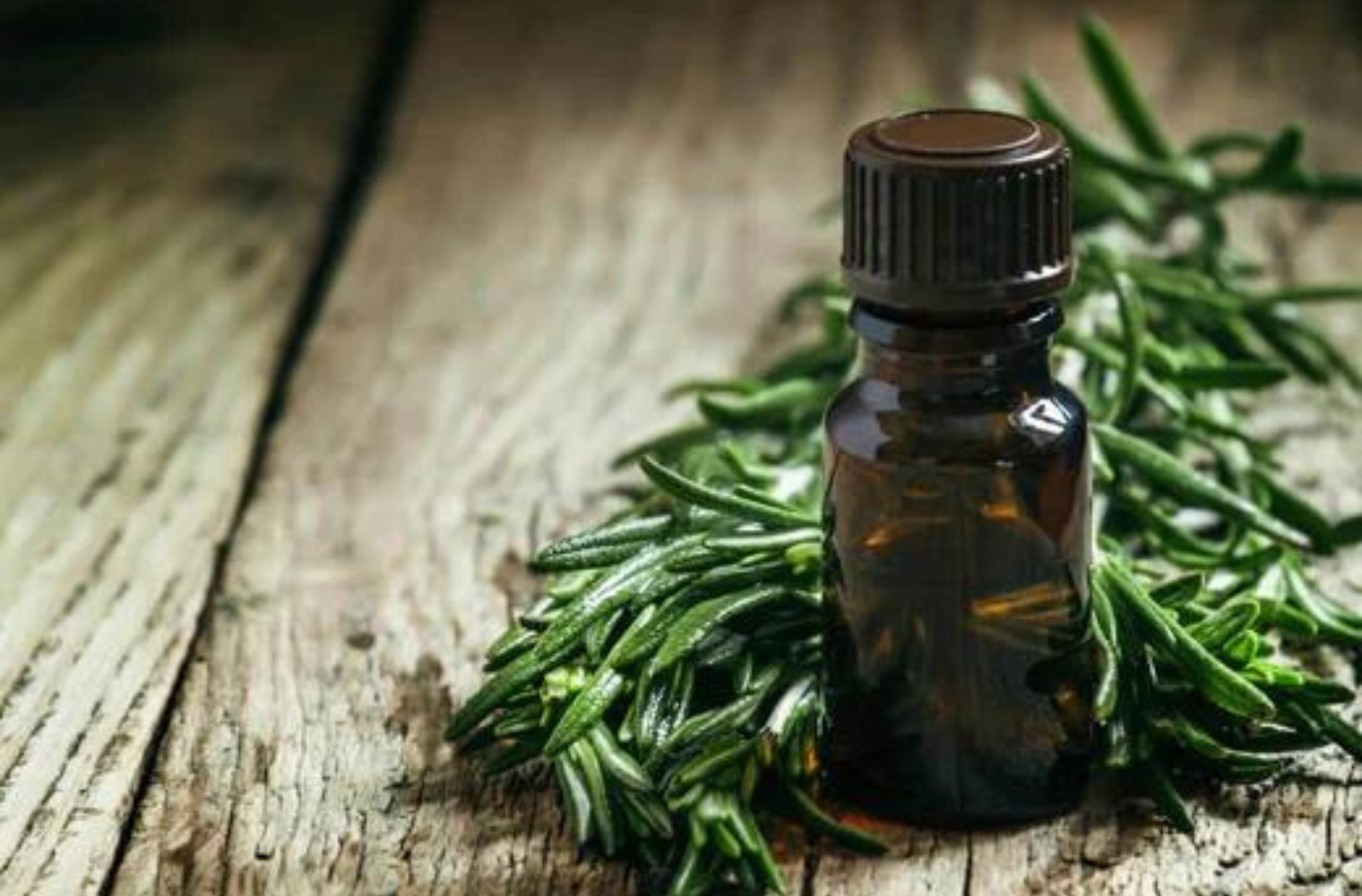Are you dealing with ingrown hairs that are causing red bumps, irritation, and other unpleasant side effects? You may have heard about tea tree oil as an effective solution for many different skin issues.
But does tea tree oil actually work on ingrown hairs? Is it safe to use on the skin in this way?
In this blog post, we explore the research surrounding using tea tree oil for ingrown hairs and discuss whether or not it is an effective treatment option. Read on to learn more.
Understanding Ingrown Hairs - What Causes Them and How to Treat Them
Ingrown hairs are a common and often annoying skin condition. They occur when the hair follicle becomes blocked, causing the hair to curl back and grow into the skin instead of growing outward. Ingrown hairs can be caused by various factors including shaving, waxing, tight clothing, and dead skin cells.
Symptoms of an ingrown hair may include redness, itching, and irritation from soothe irritated skin. In severe cases, an ingrown hair may become infected and cause a razor bumps filled with pus, known as a folliculitis.
To prevent ingrown hairs from forming in the first place, it is important to exfoliate regularly and use gentle shaving techniques. If one forms, try not to scratch or pick at it because this can lead to infection. You may also want to try applying a warm compress or antiseptic ointment.
An Overview of Tea Tree Oil and Its Benefits
Tea tree oil is a natural essential oil derived from the leaves of tea tree essential oil the Melaleuca alternifolia plant native to Australia. It has been used since ancient times as an antiseptic, anti-inflammatory, and antibacterial agent.
Today, tea tree oil is widely used for its medicinal properties and benefits. It is known to be effective against a wide variety of skin conditions such as acne, psoriasis, warts, and fungal infections. It can also help reduce inflammation and fight off bacterial and viral infections.
In addition to its medicinal benefits, tea tree oil has been found to have many cosmetic uses too. Many people use it as a natural alternative for their skincare routine, and it is believed to be beneficial for reducing the signs of aging. Tea tree oil can also help improve skin tone, reduce dark circles under eyes, and even out complexion.
When it comes to using tea tree oil for ingrown hairs, there isn’t a lot of research out there yet. However, some studies have found that tea tree oil can help reduce irritation, redness and inflammation associated with an ingrown hair. One study found that a combination of tea tree oil, lavender essential oil, and chamomile oil was effective in treating folliculitis caused by ingrown hairs.
If you’re thinking about trying tea tree oil as a ingrown hair treatment again, it’s important to use a quality product that is free of contaminants.
How Does Tea Tree Oil Help With Ingrown Hairs?
Tea tree oil has antiseptic, anti-inflammatory, and antibacterial properties that can help fight off bacterial and viral infections. It is especially beneficial for reducing inflammation caused by ingrown hairs. Tea tree oil can also help reduce redness, itching, and irritation associated with an ingrown hair.
In addition to its medicinal benefits, tea tree oil can also help keep the skin moisturized and hydrated, which may help reduce the chances of developing an ingrown hair.
Tips for Using Tea Tree Oil on Ingrown Hairs Safely
If you are considering using tea tree and essential oil to for ingrown hairs, it is important to use it safely. Here are a few tips to keep in mind when using this essential oil:
- Always dilute the tea tree oil with a carrier oil, such as coconut or almond oil. This will help reduce the risk of skin irritation.
- Avoid applying tea tree oil directly to the skin. Instead, mix it in with a carrier essential oils and then apply it to the affected area.
- Do not use tea tree potent essential oil if you have a cut or wound on the skin near an ingrown hair. It can cause further irritation.
- If your skin becomes irritated after using tea tree oil, stop using it immediately and seek medical advice.
Other Ways to Treat Ingrown Hairs
In addition to using tea tree oil, there are other methods you can use to treat ingrown hairs. Exfoliation is one of the best ways to prevent ingrown hairs from forming in the first place. You should also avoid harsh products such as soaps and cleansers that can irritate the skin, and opt for gentle exfoliants instead.
If you have an ingrown hair, try not to scratch or pick at it. You can also use warm compresses and over-the-counter antiseptic ointments to reduce inflammation and itching.
Finally, if your ingrown hairs persist or become infected, it is important to seek medical advice. Your doctor may prescribe antibiotics or other medications to help treat the infection.
Common Mistakes To Avoid When Using Tea Tree Oil For Ingrown Hairs
Here are a few common mistakes to avoid when using tea tree oil for ingrown hairs:
- Don't apply the tea tree oil directly to your skin without diluting it. This can increase the risk of irritation and other side effects.
- Don't use tea tree oil if you have a cut or wound near an ingrown hair. It could cause further irritation and delay healing.
- Don't use tea tree oil as a replacement for medical treatment of an ingrown hair or infection. If your condition persists, seek medical advice.
Is Tea Tree Oil Good For Ingrown Hairs?
The answer to this question depends on the individual. For some people, tea tree oil is an effective and safe treatment option for treating ingrown hair, hairs and other skin issues. However, it's important to bear in mind that there isn't a lot of research out there yet regarding its effectiveness for treating ingrown hairs.
It is also important to use it safely by diluting it in a carrier oil and avoiding direct contact with broken skin. If you are considering using tea tree oil for an ingrown hair, it’s best to speak to your doctor or dermatologist first to make sure it is the right option for you.
Overall, tea tree oil may be beneficial for reducing redness and inflammation associated with ingrown hairs. However, it is important to use it safely and seek medical advice if your condition persists.
FAQs
Can I use tea tree oil on my face?
Yes, tea tree oil can be used on the face. However, it is important to dilute it in a carrier oil such as coconut or almond oil before applying it to your skin. It is also important to avoid contact with broken skin and hair removal discontinue use of tea tree oil solution if irritation occurs.
Is tea tree oil safe for sensitive skin?
Tea tree oil is generally safe to use on the skin, but it is important to be mindful of how your skin reacts to it. If you have sensitive skin, it’s best to test a small amount first and dilute the tea tree oil with just a few drops of carrier oil before applying it directly to the skin. If irritation occurs, discontinue use.
Can I use tea tree oil on my scalp?
Yes, tea tree oil can be used on the scalp to help reduce dandruff and other scalp conditions. However, it is important to dilute the tea tree oil with a carrier oil first and avoid contact with broken skin. If irritation occurs, discontinue the olive oil use. It is also important to speak to your doctor if the condition persists.
Conclusion
In conclusion, tea tree oil is an organic, potent anti-inflammatory and antiseptic ingredient that can be beneficial for the treatment of ingrown hairs.
It might take a few days or even weeks before noticing visible differences in the skin. However, it's important to remember that each skin type is different, so everyone reacts differently to treatments and products that contain tea tree oil.
Since we are all unique, it is recommended to contact your doctor or healthcare professional if you have questions about using this natural remedy.
Additionally, do research on any other ingredients that might be present in products with tea tree oil to know what best works for you and your body.
Is Tea Tree Oil Good For Ingrown Hairs? So give it a shot – it might help benefit your skincare routine.


